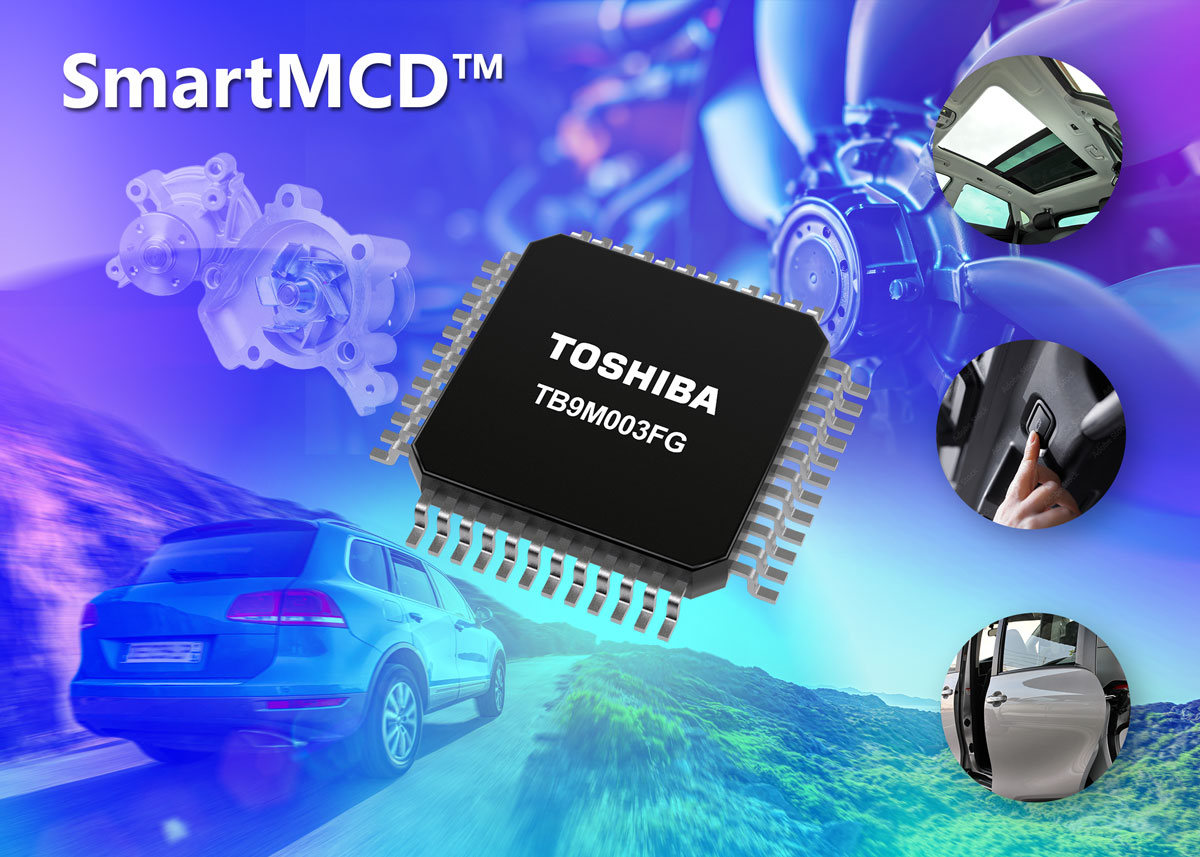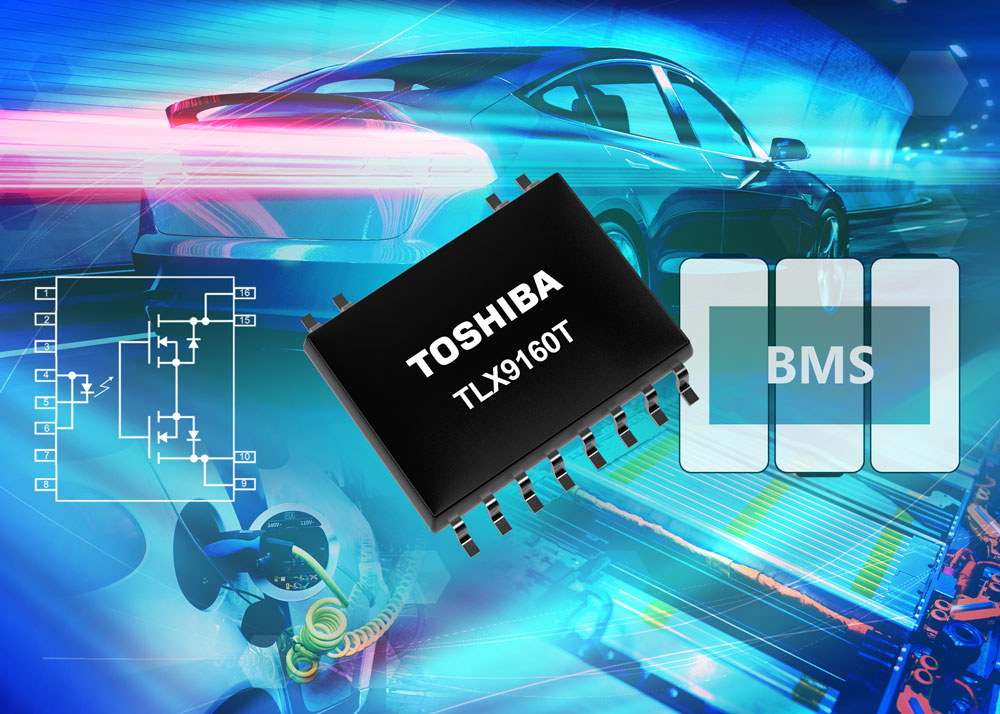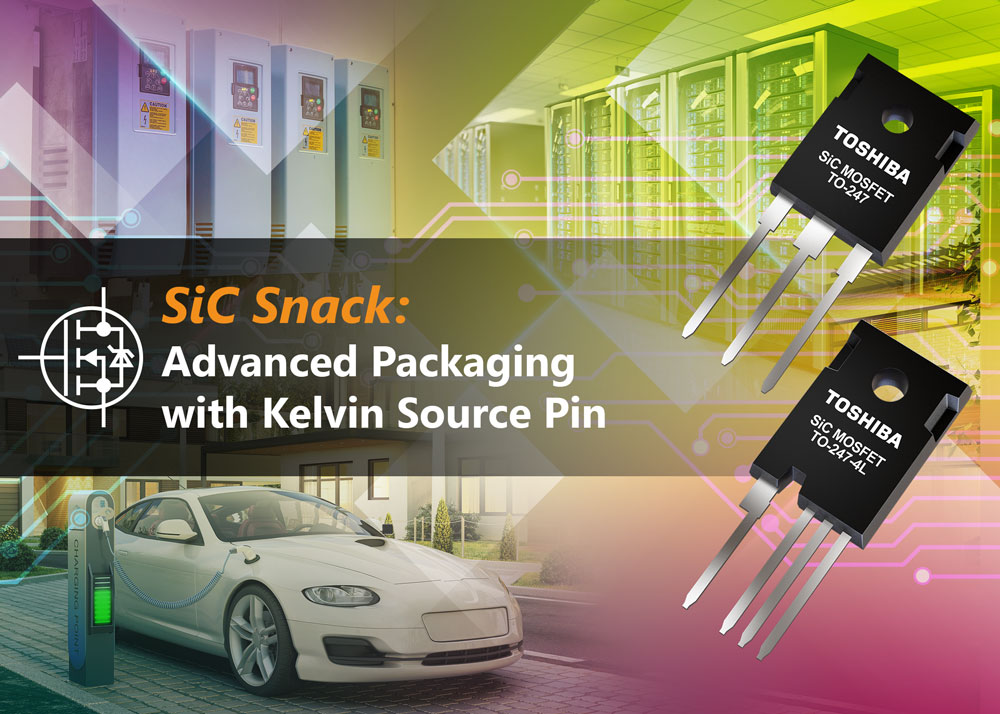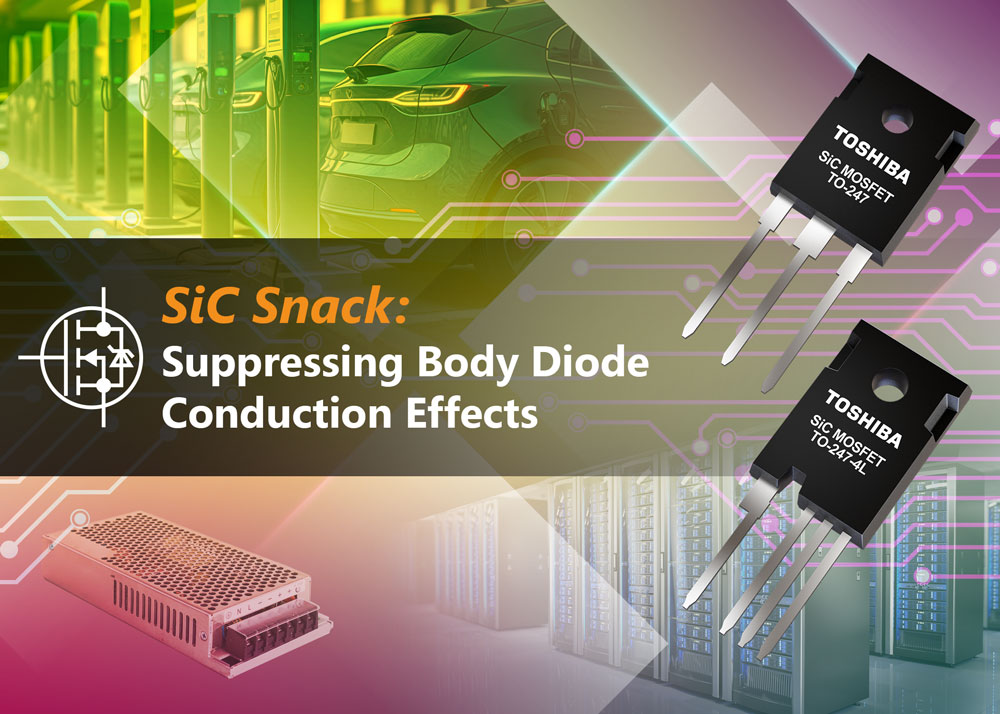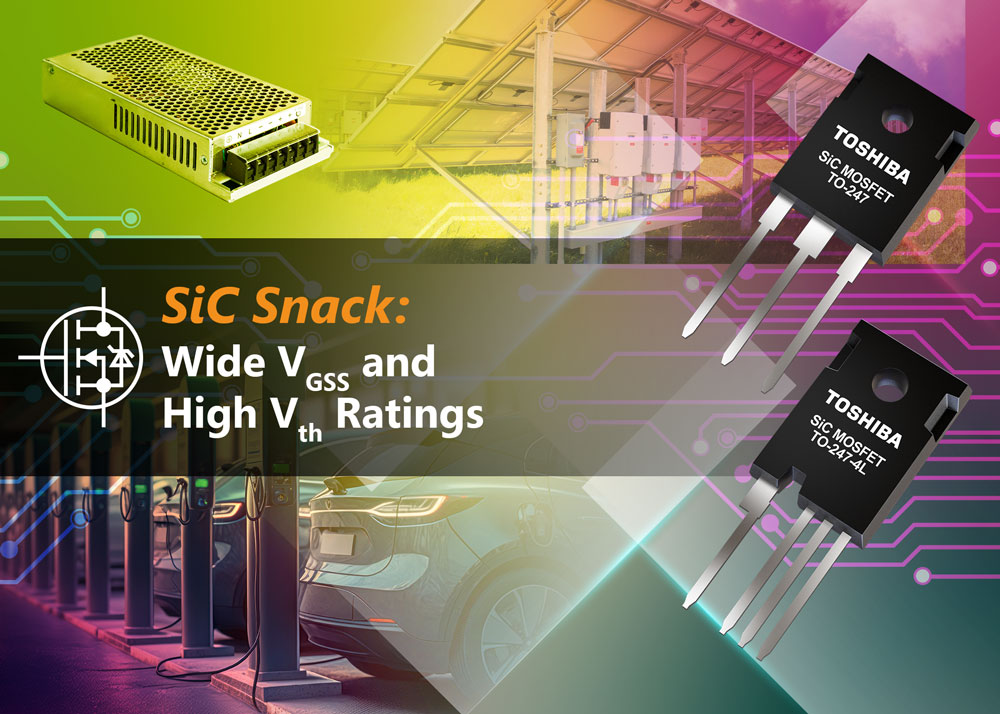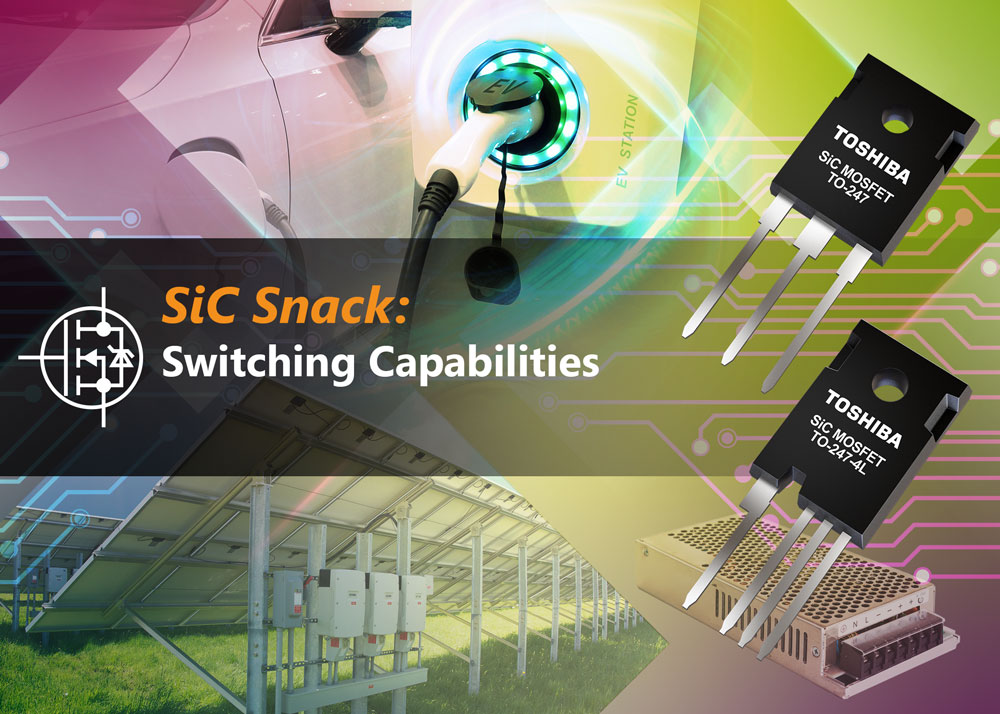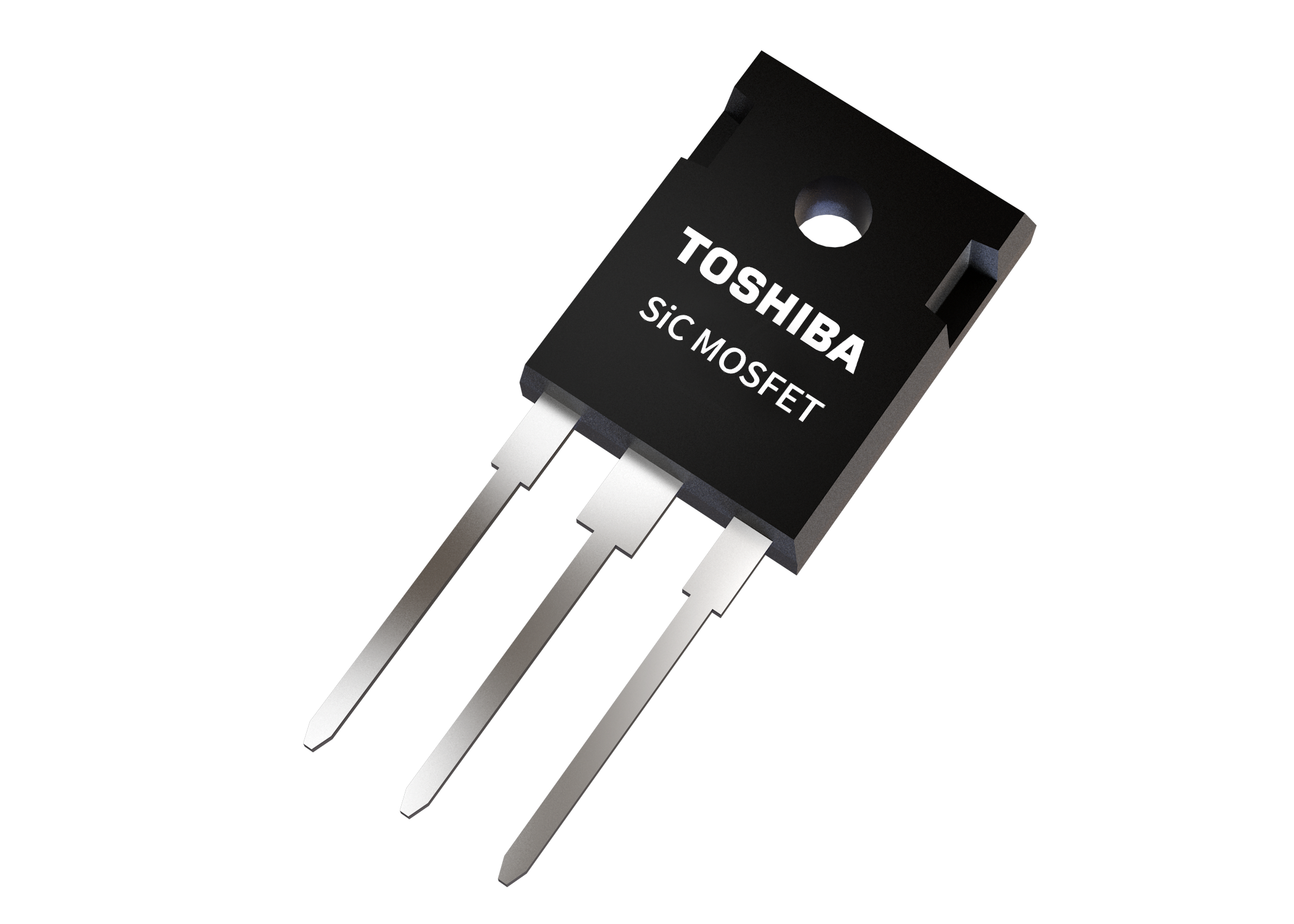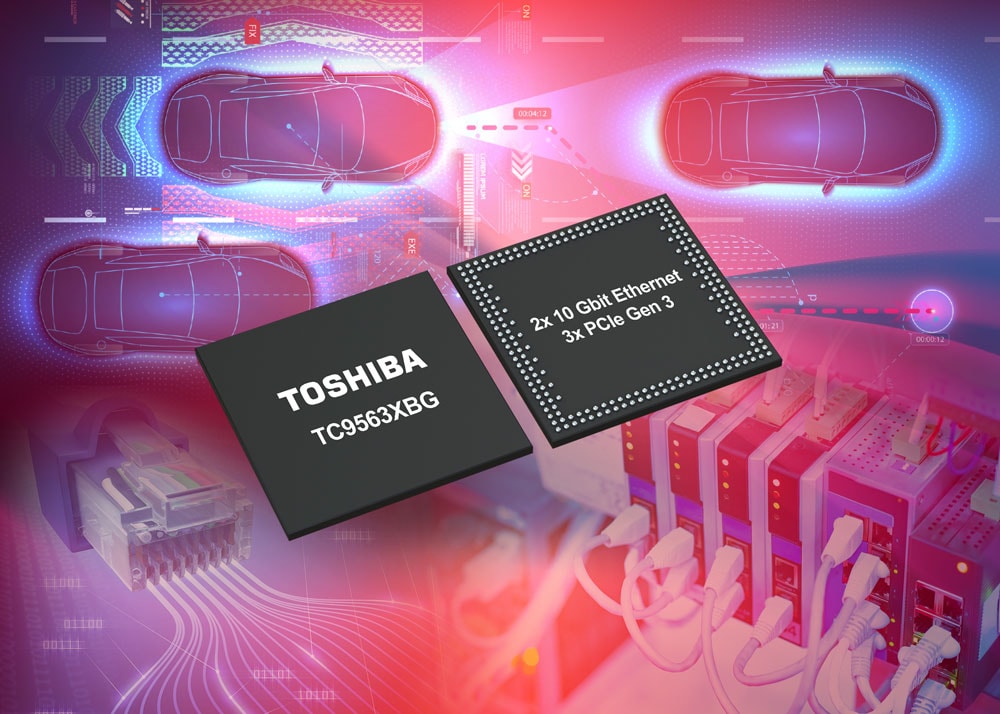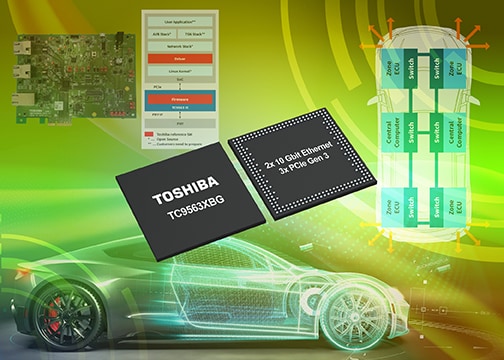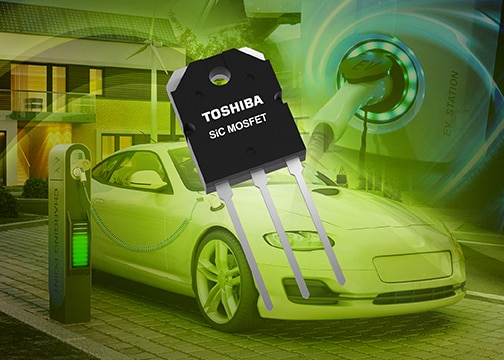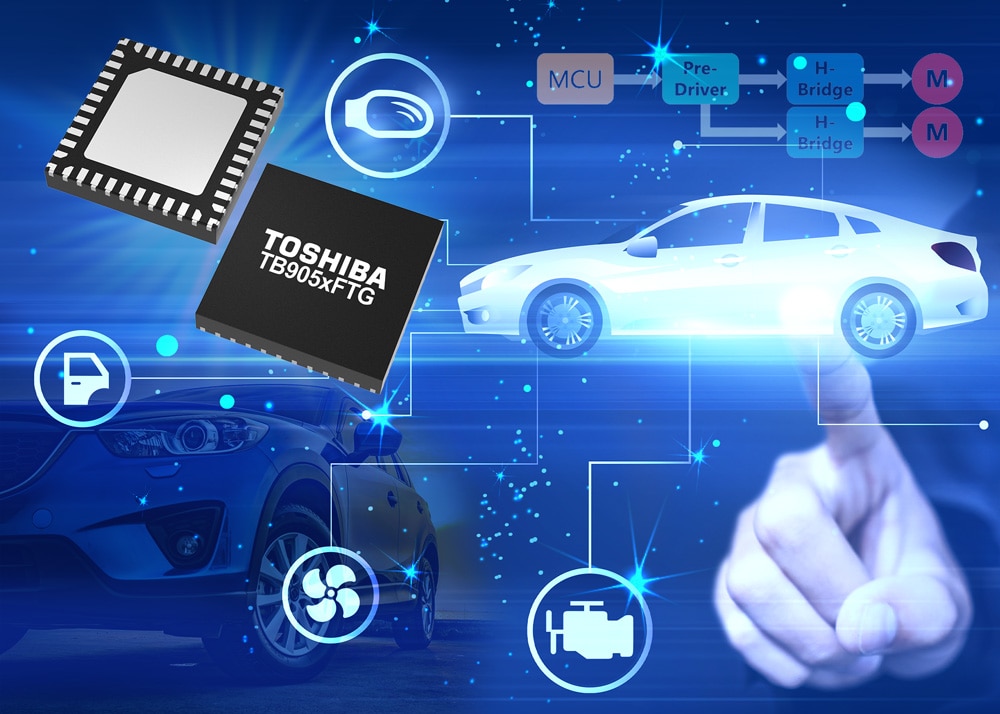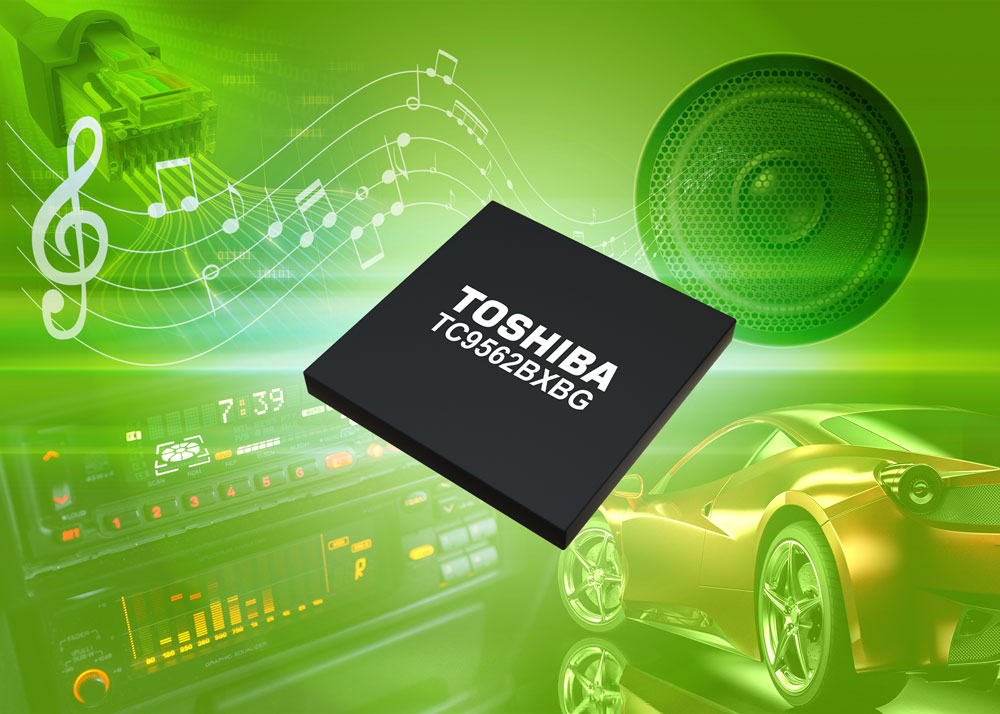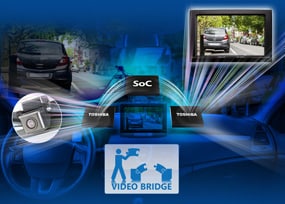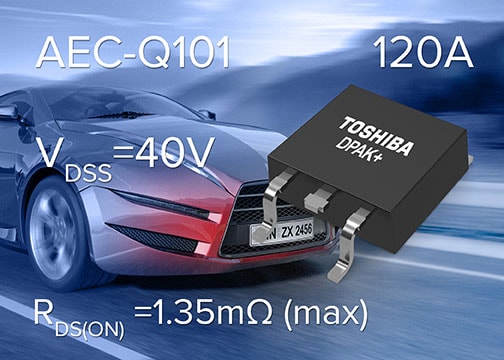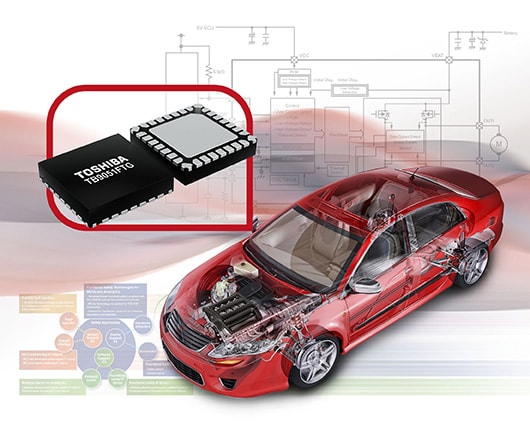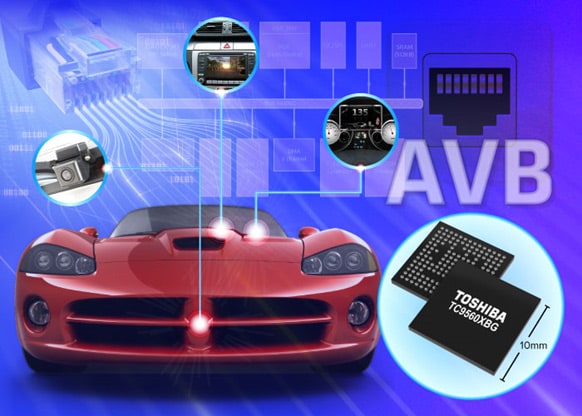- General Top
- SEMICONDUCTOR
- STORAGE
- COMPANY
-
My ToshibaSemicon
- Semiconductor Top
-
ApplicationsAutomotive
Body Electronics
xEV
In-Vehicle Infotainment
Advanced Driver-Assistance Systems (ADAS)
Chassis
IndustrialInfrastructure
BEMS/HEMS
Factory Automation
Commercial Equipment
Consumer/PersonalIoT Equipment
Healthcare
Wearable Device
Mobile
Computer Peripherals
-
ProductsAutomotive Devices
Discrete Semiconductor
Diodes
Transistors
Logic ICs
Analog Devices
Digital Devices
Wireless Devices
※
: Products list (parametric search)
Power SemiconductorsSiC Power Devices
※
: Products list (parametric search)
Isolators/Solid State RelaysPhotocouplers
Digital Isolators
Solid State Relays
Fiber Optic Transmitting Modules
※
: Products list (parametric search)
MOSFETsIGBTs/IEGTsBipolar Transistors※
: Products list (parametric search)
Diodes※
: Products list (parametric search)
MicrocontrollersMotor Driver ICsIntelligent Power ICs※
: Products list (parametric search)
Power Management ICsLinear ICs※
: Products list (parametric search)
General Purpose Logic ICsLinear Image SensorsOther Product ICsOther Product ICs
※
: Products list (parametric search)
-
Design & Development
Design & Development
Innovation Centre
At the Toshiba Innovation Centre we constantly strive to inspire you with our technologies and solutions. Discover how to place us at the heart of your innovations.
-
Knowledge
Knowledge
Highlighted Topics
Further Materials
Other
- Where To Buy
- Part Number & Keyword Search
- Cross Reference Search
- Parametric Search
- Stock Check & Purchase
This webpage doesn't work with Internet Explorer. Please use the latest version of Google Chrome, Microsoft Edge, Mozilla Firefox or Safari.
require 3 characters or more. Search for multiple part numbers fromhere.
The information presented in this cross reference is based on TOSHIBA's selection criteria and should be treated as a suggestion only. Please carefully review the latest versions of all relevant information on the TOSHIBA products, including without limitation data sheets and validate all operating parameters of the TOSHIBA products to ensure that the suggested TOSHIBA products are truly compatible with your design and application.Please note that this cross reference is based on TOSHIBA's estimate of compatibility with other manufacturers' products, based on other manufacturers' published data, at the time the data was collected.TOSHIBA is not responsible for any incorrect or incomplete information. Information is subject to change at any time without notice.
require 3 characters or more.
Is Automotive Ethernet the next revolution in in-car audio?

In-car audio has been around for just about as long as the car itself. It was back in the 1920’s that a radio receiver from Westinghouse was offered as an upgrade for Chrysler vehicles. Costing around half the price of the car itself, it was certainly a luxury. Since then, entertainment in the vehicle has developed beyond recognition, essentially turning it into a smartphone on wheels. USB, Bluetooth, Wi-Fi and Internet connectivity allow almost any device to be used as an input to the audio system and deliver more music than can be played during an entire journey.
What hasn’t changed much is the architecture of such systems. Most car owners will have a head unit in the central console, wired to individual speakers and microphones around the vehicle. This forces the bulky electronics, along with the heat it generates from its amplifiers, into the center of the dashboard, as well as long lengths of cabling to speakers via the cable harness. Automotive Ethernet - AVB/TSN could change all this, thanks to its topology and features that differentiate it from the classic Ethernet networking technology used in offices and the home.
Ethernet has been the core technology for networking computers for several decade, with continuous development of the standard bringing it up to gigabit speeds. However, the standard has been lacking in features that would enable the reservation of bandwidth or guaranteeing latency. Such capability is critical to ensure that real-time applications, such as audio and video, are delivered without stuttering or breaks to the consumer, regardless of the other data being passed over the network. It will also enable Ethernet to be used in the control-loop of functionally critical applications, something that is currently not possible.
Thanks to the efforts of several working groups, the Audio Video Bridging (AVB) / TSN has resulted in a set of technical standards. Amongst other features these define methods to reserve bandwidth between nodes in a network and how to synchronize audio playback or sampling at different nodes. This delivers the possibility of an architecture change for automotive audio systems. In future, the head unit can concentrate multimedia playback capability and Internet connectivity, while the amplification can be devolved to Audio Ethernet nodes at the ends of the network. The bandwidth reservation ensures that audio data always arrives in due time, while the synchronization feature guarantees that all nodes present the audio simultaneously.
Audio head units have relied upon powerful system-on-chip (SoC) processors for some time, integrating much of the connectivity required. However, automotive Ethernet requires changes in the lower OSI layers to support AVB/TSN, something that is still not yet to be found on many SoCs today. To resolve this challenge, Toshiba has developed the TC9562, a single-chip solution that can be connected to SoCs via its PCIe (PCI express) interface. Audio can be also passed to the device through the SoC’s integrated DSP’s TDM or I2S interface. These Audio streams are then seamlessly integrated into the Ethernet data stream as per the configuration made on the PCIe interface. This TDM audio connectivity into the TC9562 is a new alternative to AVB-stack software-handling by the SoC’s main CPU.
The TC9562 is equally at home at the audio node end thanks to its integrated Cortex-M3 processor. With 320kB of SRAM, the device can be used stand-alone, with the possibility of booting its firmware application optionally from a high-speed QSPI interface. The synchronization capability is transparent to the software developer, being handled automatically in the hardware interface and clock modules.
To find out more about the technology behind Automotive Ethernet and how the TC9562 can be used to implement in-vehicle audio applications, take a look at our white paper available here:


